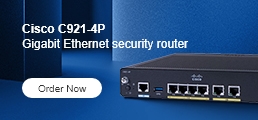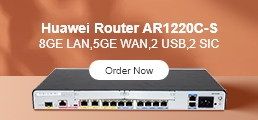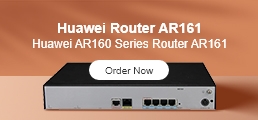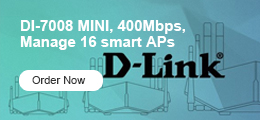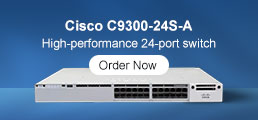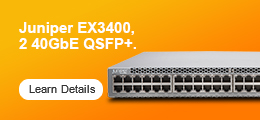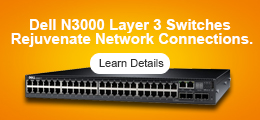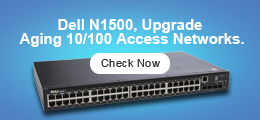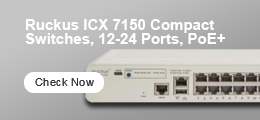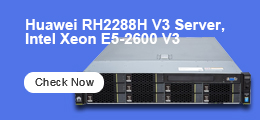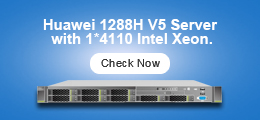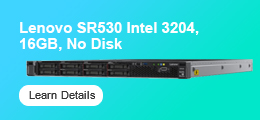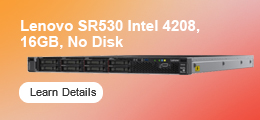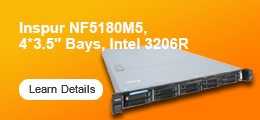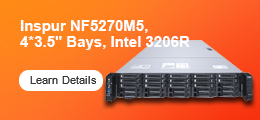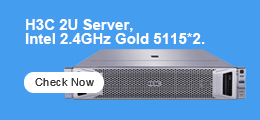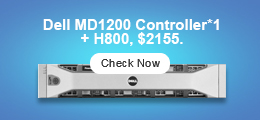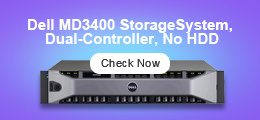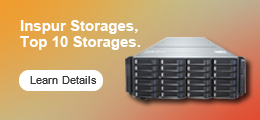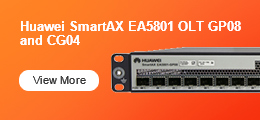In modern enterprise networking, a well-designed infrastructure is crucial for performance, security, and scalability. The hierarchical network model, typically comprising access, distribution, and core layers, defines specific roles for different types of switches. Understanding these distinctions is key to building an efficient and robust network. This guide provides a comprehensive comparison of Access, Distribution, and Core switches, detailing their functions, characteristics, and deployment scenarios.
1. Introduction: The Hierarchical Network Model
In today's complex IT environments, network design follows a structured approach to ensure optimal performance and manageability. The most common model is the three-tier hierarchy: Access Layer, Distribution Layer, and Core Layer. Each layer is served by specialized switches, with the access switch connecting end-user devices, the distribution switch aggregating traffic and enforcing policies, and the core switch acting as the high-speed backbone. This guide will demystify these roles and help you understand their differences.
2. Understanding Each Switch Layer
- Access Layer Switches: Operating at the network's edge, access switches connect end-user devices like PCs, printers, IP phones, and wireless access points. They are characterized by high port density, cost-effectiveness, security features at the edge, and often PoE support. Their primary role is to provide network access.
- Distribution Layer Switches: Positioned between the access and core layers, distribution switches aggregate traffic from multiple access switches. They are typically Layer 3 devices responsible for inter-VLAN routing, policy enforcement (QoS, ACLs), and providing a higher level of reliability and performance than access switches.
- Core Layer Switches: As the high-speed backbone, core switches connect distribution layer switches and handle massive traffic volumes with ultra-low latency and maximum reliability. They are optimized for speed, scalability, and fault tolerance, forming the central nervous system of the network.
3. Feature Comparison: Access vs. Distribution vs. Core Switches
| Factor | Access Layer Switch | Distribution Layer Switch | Core Layer Switch |
| Primary Role | Connect end devices; provide network access. | Aggregate traffic from access switches; route between VLANs/subnets; enforce policies. | High-speed backbone; aggregate traffic from distribution layers; facilitate high-speed inter-segment data transfer. |
| Network Position | Edge of the network. | Middle layer; connects Access to Core. | Top layer; connects Distribution layers. |
| Layer of Operation | Primarily Layer 2; some Layer 3 features. | Primarily Layer 3; advanced Layer 2 aggregation. | Primarily Layer 3; advanced L2 for speed. |
| Port Density | Highest | Lower than Access | Moderate to High |
| Port Speed / Bandwidth | 1G/Multi-Gig; 10G uplinks | 10G/25G/40G uplinks | 10G/25G/40G/100G/400G+ |
| Key Features Focus | Port security, VLANs, PoE, cost-efficiency | Routing, QoS, ACLs, link aggregation | High-speed, reliability, routing protocols |
| Redundancy & Reliability | Basic; LAG, single PSU | Higher; dual PSU, LAG | Highest; dual PSU, HSRP/VRRP |
| Scalability | Lower; basic stacking | Moderate; fixed or modular | Highest; modular chassis |
| Cost | Lowest | Moderate | Highest |
| Typical Use Cases | Workstations, printers, IP phones, APs | Inter-VLAN routing, policy control | Data center spine, WAN, high-speed core |
4. Why the Hierarchy Matters: Benefits of Layered Design
- Modularity & Scalability: Enables easier upgrades and expansion at each layer.
- Performance Optimization: High-speed core reduces bottlenecks; access and distribution handle segmentation.
- Reliability & Fault Isolation: Issues are localized; redundant architecture minimizes outages.
- Simplified Management: Defined roles streamline configuration and troubleshooting.
- Cost Efficiency: Allows affordable access layer with more advanced core where needed.
5. Choosing the Right Switch for Each Layer
- Access Layer: Focus on port density, PoE, cost, and essential security.
- Distribution Layer: Balance routing, policy, and uplink performance with redundancy.
- Core Layer: Invest in speed, reliability, and routing protocols.
Conclusion
Understanding the distinct roles of access, distribution, and core switches is fundamental to designing a robust, scalable, and performant enterprise network. While access switches provide end-device connectivity, distribution switches aggregate traffic and enforce policies, and core switches form the high-speed backbone. By clearly defining the requirements for each layer, organizations can make informed decisions on switch selection, ensuring their network infrastructure effectively supports current business needs and future growth.




